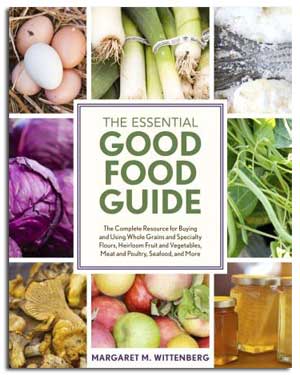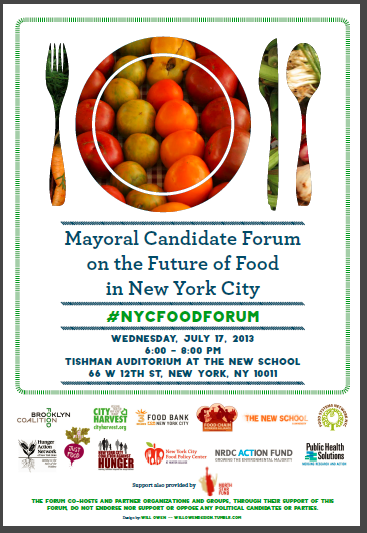The California food movement took off after the 1980s. If you want to know how this particular social movement developed, here are two books explaining how and why.
Joyce Goldstein with Dore Brown. Inside the California Food Revolution: Thirty Years that Changed Our Culinary Consciousness. University of California Press, 20

Full disclosure. Joyce Goldstein is an old friend from the days when she ran Square One, very much a part-of-the revolution restaurant in San Francisco, and Dore Brown has been a pleasure to work with on several of my books with UC Press.
With that said, this book addresses this question: Was Alice Water’s Chez Panisse really the start of the good food movement in California? The short answer is yes. Everyone discussed in this book seems to have been inspired by Chez Panisse, worked there, or supplied its foods and wines. Joyce interviewed just about everybody involved in doing interesting things with food and got them to reflect on why they did it and how what they did fit into the larger picture. She writes from the perspective of a participant passionately devoted to good cooking with excellent ingredients.
Reading the book reminded me of one I mentioned in a previous post:
Sally Fairfax, et al., California Cuisine and Just Food. MIT Press, 2012.

I remembered it because I had written its foreword. It’s about the development of the food movement in the San Francisco Bay Area, rather than all of California, but it starts earlier and looks at what happened from the perspective of food systems. Sally Fairfax (also an old friend from my own Bay Area days), and her co-authors examine the roles and accomplishments of everyone along the food chain who produces, transports, sells, prepares, serves, and consumes food. They describe how the Bay Area food scene (“district,” as they like to call it) evolved to become today’s vibrant community of highly diverse groups working in highly diverse ways to produce better quality food and promote a more just, healthful, and sustainable food system.






